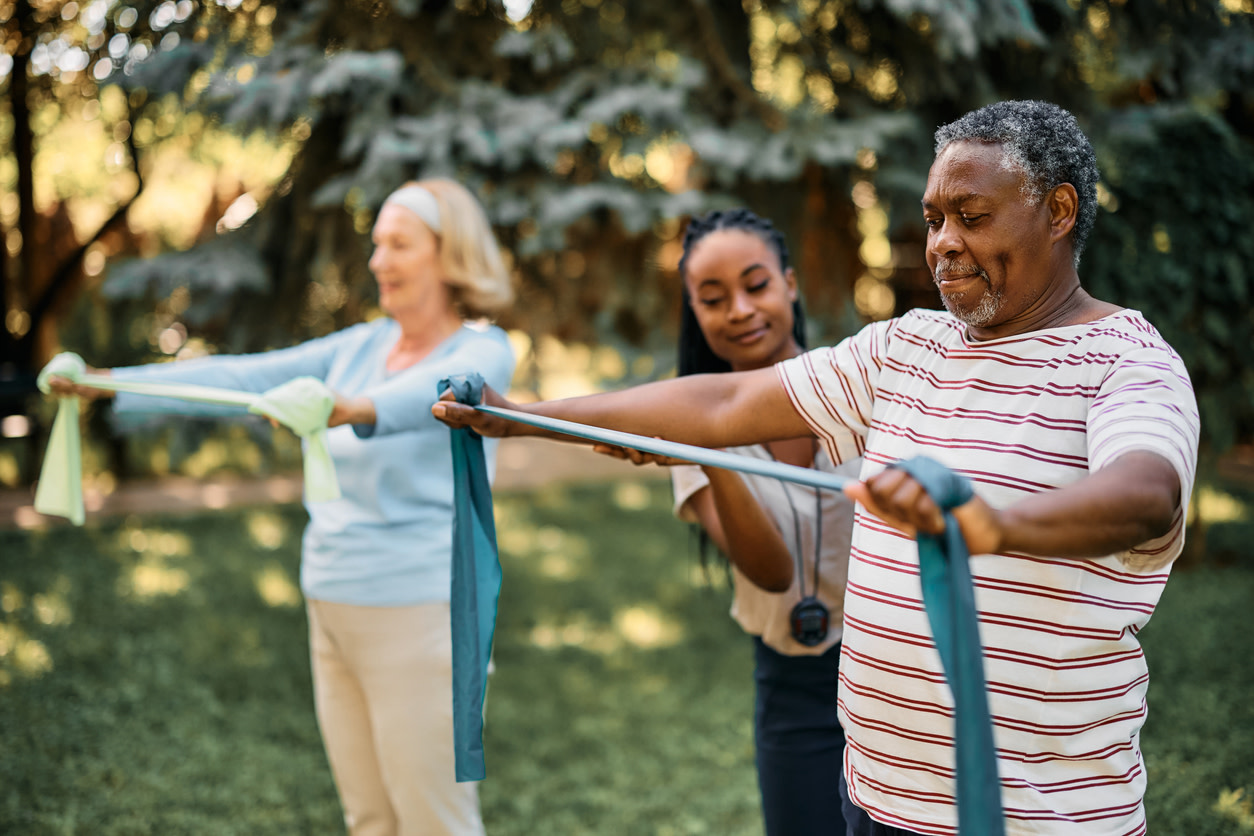10 Shoulder Stability Exercises Physical Therapists Want You To Try
Learn about the importance of shoulder strength and how to improve yours with shoulder stability exercises recommended by physical therapists.
0 $ pour vous
Date de publication : Oct 9, 2024
Table des matières
Fully covered arm or shoulder pain relief
Find relief from arm pain, shoulder pain, pinched nerves, & more.
Check if I'm eligible